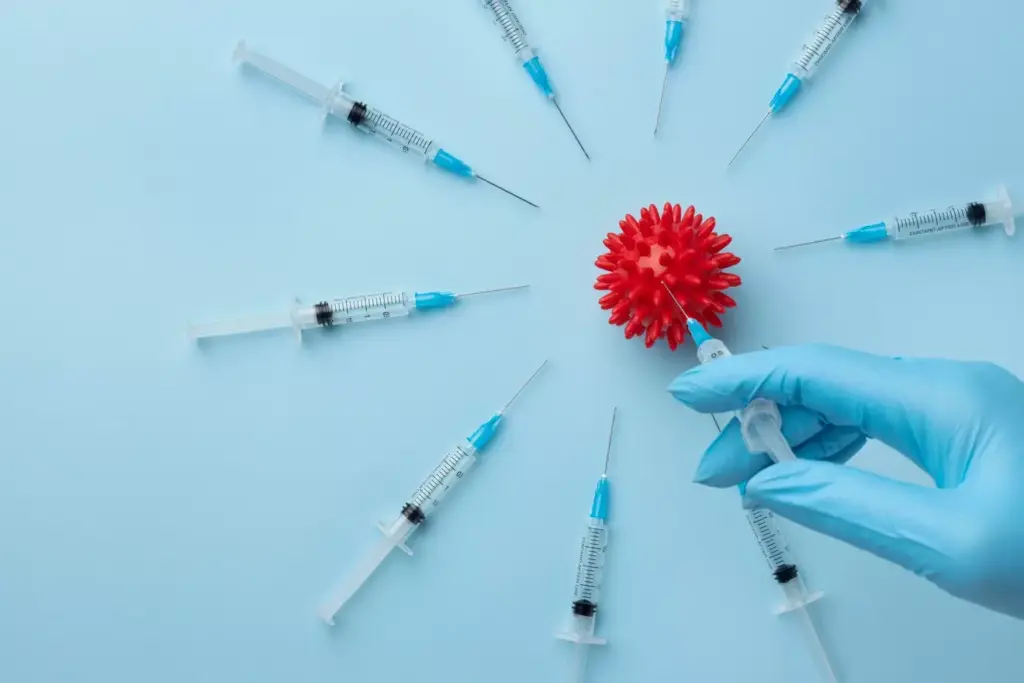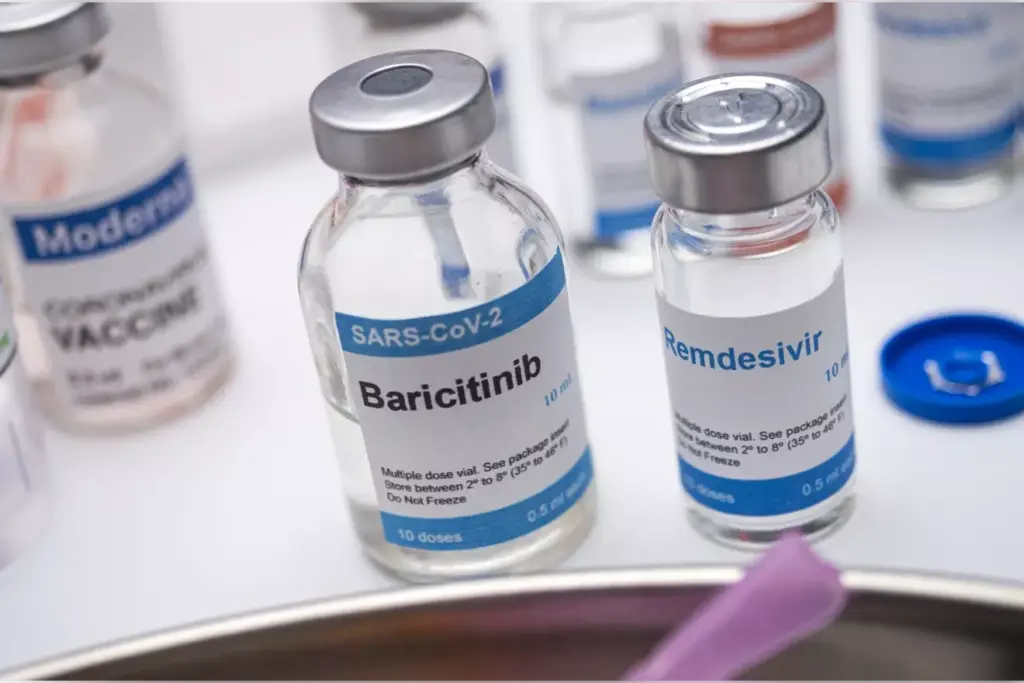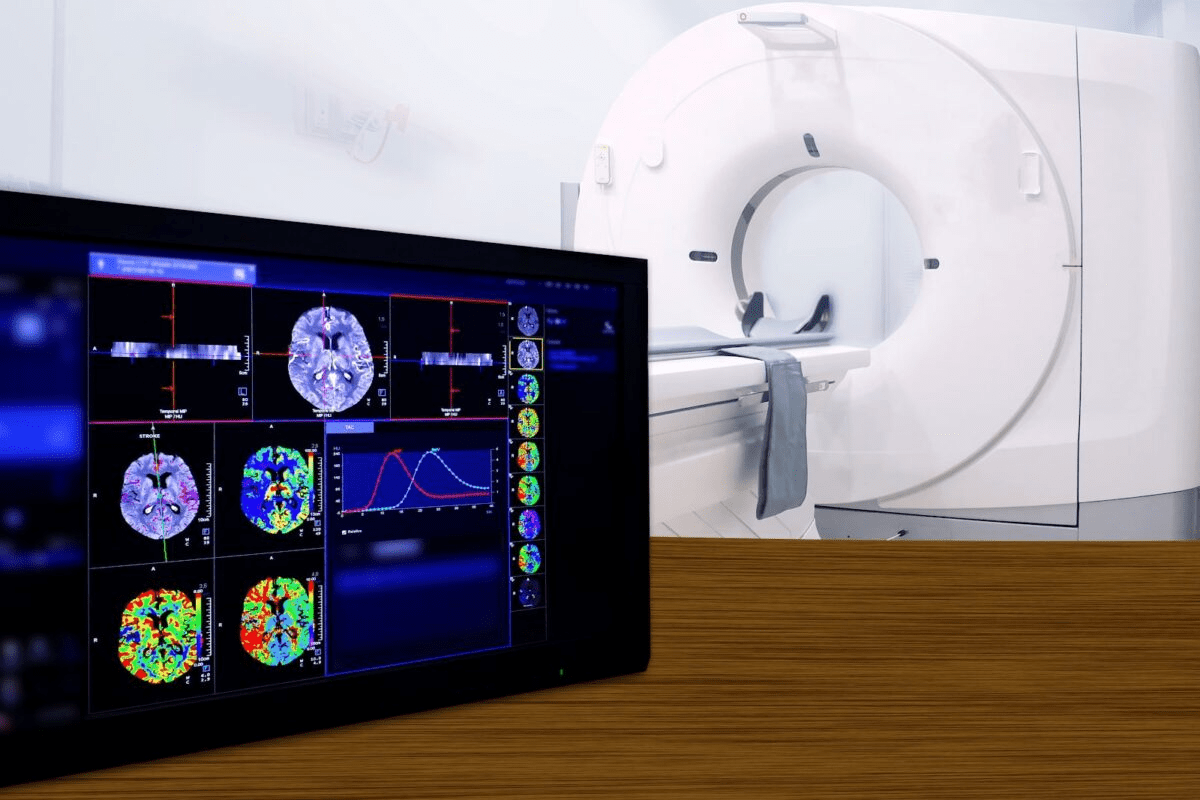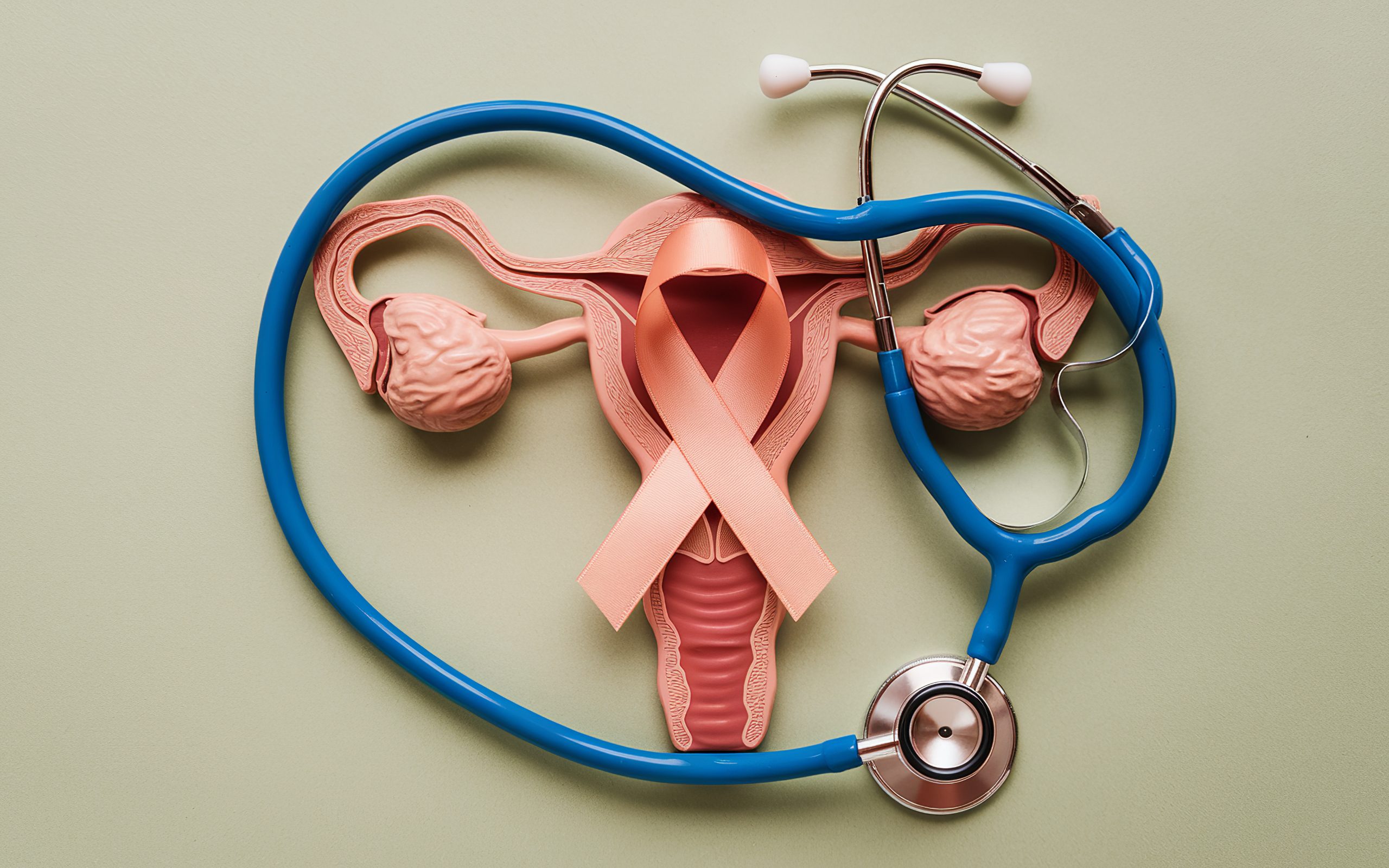Last Updated on November 26, 2025 by Bilal Hasdemir
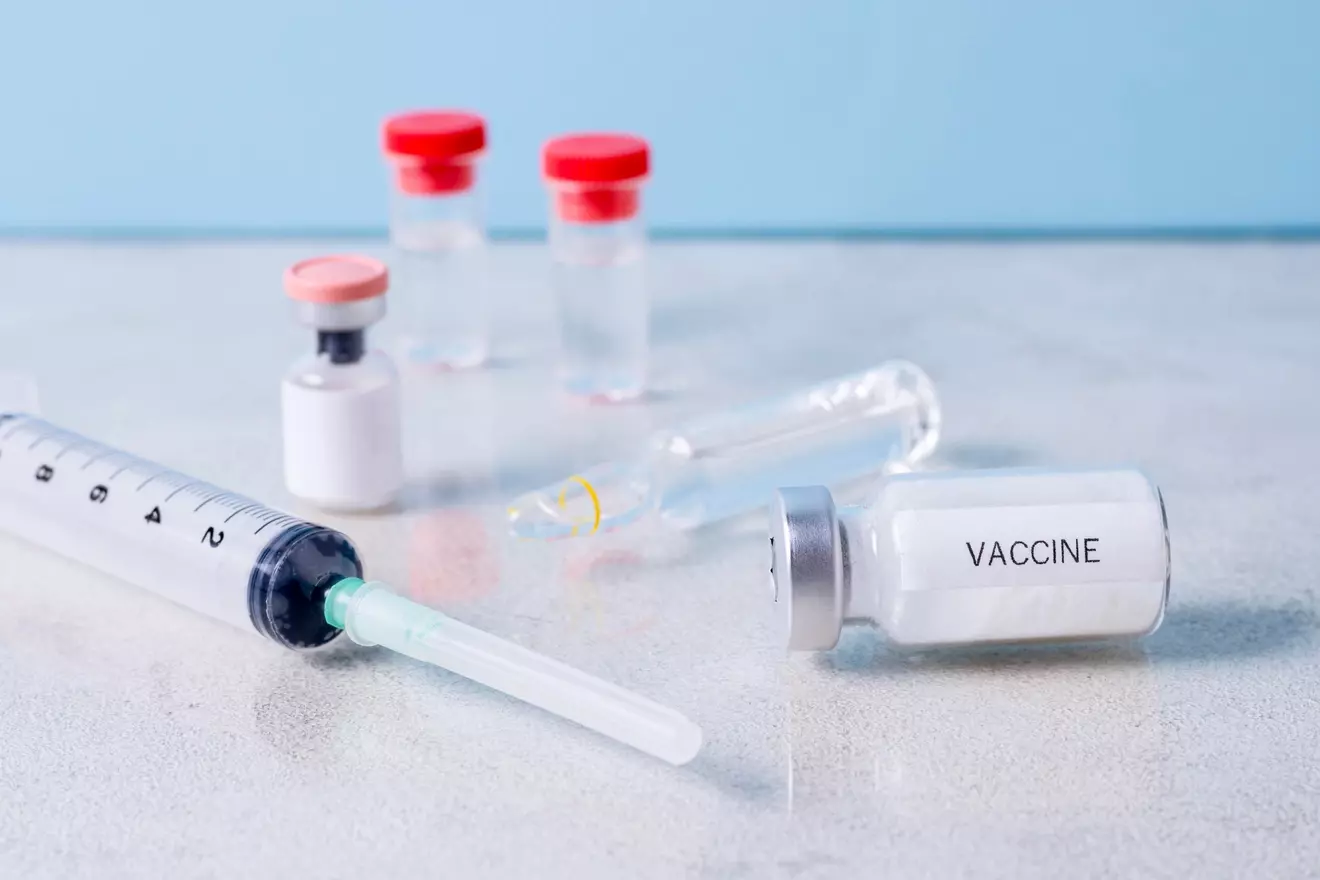
We focus on preventive care, like the Bacille Calmette-Guérin (BCG) vaccine, to fight tuberculosis. This disease is a big problem worldwide. The BCG vaccine is key in stopping TB, mainly in places where it’s common.
Tuberculosis spreads easily and often hits the lungs. But it can also affect other parts of the body. In 2023, 1.3 million people died from TB. This shows we need strong ways to protect people from it.
We stress how important the tuberculosis vaccine is. It helps keep people safe, which is good for everyone’s health.
Key Takeaways
- The BCG vaccine protects against severe forms of TB, mainly in kids.
- The BCG vaccine’s protection can last up to 20 years.
- Tuberculosis is a big problem worldwide.
- The BCG vaccine is very important in areas with lots of TB.
- We need good ways to fight TB to keep people safe.
Understanding Tuberculosis and the Need for Vaccination
Tuberculosis (TB) is a major health issue worldwide. It’s important to understand its impact on global health. We must fight this disease to protect many lives.
Every year, TB affects millions and kills thousands. In 2022, 10.6 million people got TB, and 1.3 million died. This shows we need better ways to prevent and treat TB.
The Global Impact of Tuberculosis
TB has a big impact globally, causing a lot of sickness and death. It’s a top killer disease, along with HIV/AIDS. In poor countries, TB is even worse because of limited healthcare.
| Year | TB Cases (in millions) | TB Deaths (in millions) |
|---|---|---|
| 2022 | 10.6 | 1.3 |
| 2021 | 10.4 | 1.4 |
| 2020 | 9.9 | 1.5 |
High-Risk Populations and Regions
Some groups face a higher risk of TB. This includes people with HIV, healthcare workers, and those close to TB patients. TB is most common in Asia and Africa, with countries like India and Nigeria being hit hard.
The BCG vaccine is key in areas with lots of TB. Vaccinating at-risk groups can greatly lower TB cases and its serious effects.
BCG Meaning: The History and Development of the Bacille Calmette-Guérin Vaccine
The BCG vaccine’s journey from start to global use shows the power of medical innovation. It was named after its creators, Albert Calmette and Camille Guérin. The vaccine is made from a weakened Mycobacterium bovis, a bacterium similar to the one causing tuberculosis.
Over 100 years ago, the BCG vaccine was created. It has been key in fighting tuberculosis, mainly in high-risk groups. We’ll look at how it began and how it has changed over time, highlighting important moments in its history.
Origins of the BCG Vaccine
In the early 20th century, Albert Calmette and Camille Guérin started working on the BCG vaccine at the Pasteur Institute in Lille, France. They weakened a Mycobacterium bovis strain through repeated culturing. This created a form that could protect without causing the disease.
Creating the vaccine was a long and detailed process. The scientists tested it on animals first, then on humans.
Evolution of BCG Vaccination Programs Worldwide
As the BCG vaccine’s effectiveness was proven, it was used worldwide. Countries set up their own BCG vaccination plans based on their tuberculosis rates and health systems.
The way BCG vaccination programs have grown has been shaped by many factors. These include the amount of tuberculosis, vaccine availability, and healthcare systems. We’ve seen everything from universal vaccination to targeted programs for high-risk groups.
| Year | Milestone | Description |
|---|---|---|
| 1908 | Initial Development | Calmette and Guérin start working on the BCG vaccine. |
| 1921 | First Human Use | The BCG vaccine is first given to a human. |
| 1950s | Global Expansion | BCG vaccination programs start spreading worldwide. |
The story of the BCG vaccine is one of teamwork and dedication to public health. As we battle tuberculosis today, knowing how the BCG vaccine came to be helps us in our fight against the disease.
Composition and Mechanism of the BCG Vaccine
To understand how the BCG vaccine works, we must first look at its parts. The BCG vaccine is given as a skin shot. It has a weakened form of Mycobacterium bovis, a bacterium related to Mycobacterium tuberculosis.
What is in the TB Vaccine: The Weakened Mycobacterium Bovis Strain
The BCG vaccine’s main part is a live, but weakened, Mycobacterium bovis strain. This strain is so weakened it can’t cause full tuberculosis. Yet, it can start an immune response. The bacteria is made less harmful through repeated culturing.
- The vaccine uses Mycobacterium bovis, a relative of Mycobacterium tuberculosis, the main TB cause.
- The weakened strain helps the body fight TB without getting the disease.
- The BCG vaccine does not include Mycobacterium tuberculosis, making it safe for TB prevention.
How BCG Works to Protect Against Tuberculosis
The BCG vaccine works by introducing the weakened Mycobacterium bovis strain. This triggers an immune response. This response prepares the body to fight Mycobacterium tuberculosis if it enters the body later.
- The vaccine is given as an intradermal shot, usually on the forearm.
- The weakened bacteria causes a localized immune response.
- This response leads to a scar at the injection site.
- The body remembers this, making it quicker and more effective at fighting M. tuberculosis in the future.
The BCG vaccine’s mechanism involves both cellular and humoral immunity. It mainly protects against severe tuberculosis, like miliary TB and TB meningitis in children.
Administration Methods of the BCG Vaccine
We use a special way to give the BCG vaccine to make sure it works well. The vaccine is injected into the skin. How we do this is key to its success.
Standard Intradermal Injection Technique
The usual way to give the BCG vaccine is through an intradermal injection. This means we inject it just under the skin, usually on the forearm. Intradermal injection is chosen because it helps the vaccine work better.
Administering the vaccine this way needs skill. Doctors are trained to do it right to make the vaccine as effective as possible.
The 9-Needle Injection Device for Mass Vaccination
For big vaccination efforts, we use a 9-needle injection device. It lets us give the BCG vaccine to lots of people at once. This tool is great for public health efforts.
Studies show the 9-needle device works well in vaccinations. It makes it easier to vaccinate more people.
Vaccination Site and Characteristic Tuberculosis Scar Formation
The BCG vaccine is usually given on the left forearm. After getting the vaccine, a scar often forms at the spot. This scar is a normal sign of the body’s reaction to the vaccine.
The scar is a sign that the vaccine worked. It also shows the body is ready to fight tuberculosis. The scar usually shows up a few weeks after getting vaccinated.
Effectiveness of the BCG Vaccine in Different Populations
It’s important to check how well the BCG vaccine works in different groups of people. The vaccine’s success changes a lot depending on who gets it and where they live. Knowing these differences helps us fight tuberculosis better.
Protection Rates in Children vs. Adults
The BCG vaccine works better in kids than in grown-ups. Research shows it protects kids well against serious TB, like tuberculous meningitis. But, it doesn’t work as well for adults. We’ll look into why this is and what it means for vaccination plans.
Studies say the vaccine can protect up to 80% of kids from severe TB. But for adults, the success rate varies a lot. It can be anywhere from 0% to 80%, depending on where people live.
Geographical Variations in Vaccine Efficacy
The BCG vaccine’s success also changes based on where you live. It works better near the equator and less well further away. Several things might cause this, like how much people are exposed to certain bacteria, their genes, and the BCG vaccine itself.
A study mentioned in the UK government’s call for evidence on TB action plans points out the need to think about these differences. This is important for making vaccination plans work.
Protection Against Different Forms of Tuberculosis
The BCG vaccine protects against different types of TB in different ways. It’s very good at preventing severe TB in kids, like tuberculous meningitis. But, it doesn’t work as well against lung TB in adults.
| Form of Tuberculosis | Protection Rate in Children | Protection Rate in Adults |
|---|---|---|
| Tuberculous Meningitis | High (70-80%) | Variable |
| Miliary TB | High (70-80%) | Variable |
| Pulmonary TB | Moderate (50-70%) | Low to Moderate (0-50%) |
The BCG vaccine’s mixed success in different groups and against different TB types shows we need more research. Understanding these details is key to making effective TB control plans.
How Long Does a Tuberculosis Vaccine Last: Duration of BCG Protection
The BCG vaccine’s protection against tuberculosis is key to prevention. It’s important to know that how long it works can differ a lot. This depends on who gets the vaccine and where they live.
Short-term vs. Long-term Immunity
The BCG vaccine gives both short and long-term protection against TB. It works well in the short term, keeping severe TB away from kids. But, its protection can fade over 10 to 20 years.
Research shows the vaccine can protect for up to 20 years. But, this time can change based on the BCG strain, when you got vaccinated, and your health.
Factors Affecting the Duration of Protection
Many things can affect how long the BCG vaccine lasts. These include:
- The specific strain of BCG used for vaccination
- The age at which an individual is vaccinated
- Geographical location and exposure to environmental mycobacteria
- Presence of underlying health conditions that may affect immune response
Knowing these factors helps doctors decide if more shots are needed.
Research on BCG Protection Longevity
Scientists are always studying how long BCG protection lasts. They look at how the body reacts to the vaccine over time. They also check if extra doses can help keep immunity strong.
Recent studies have found interesting things about BCG protection. Here’s a table with some key findings:
| Study | Duration of Protection | Key Findings |
|---|---|---|
| Study A | 10-15 years | Significant protection against severe TB in children |
| Study B | Up to 20 years | Efficacy wanes over time, with varying protection rates |
| Study C | 5-10 years | Booster doses enhance long-term immunity |
As we learn more about BCG protection, we see we need a variety of ways to fight TB. Knowing what affects the vaccine’s strength helps us make better plans to stop TB worldwide.
BCG Vaccination Policies in the United States
The BCG vaccine has a complex history in the United States. It was used and then stopped. Knowing this history helps us understand today’s vaccination policies.
Historical Context: Why BCG Vaccine Was Discontinued in the US
The BCG vaccine was first used in the US in the early 1900s. But, it was stopped due to several reasons. The variable effectiveness of the BCG vaccine in adults was a big concern. It could also mess up tuberculin skin tests (TSTs), making diagnosis harder.
Also, the US had fewer cases of tuberculosis in the second half of the 20th century. This made people think less about using the BCG vaccine widely. So, it wasn’t included in routine shots for everyone.
Current CDC Guidelines on BCG Usage
The Centers for Disease Control and Prevention (CDC) has rules for using the BCG vaccine in the US. The CDC says BCG vaccination is not generally recommended for the general public. But, it might be suggested for some high-risk groups, like healthcare workers exposed to drug-resistant TB.
The CDC also suggests BCG for kids who are often around untreated or hard-to-treat TB. This is true if they are exposed to TB strains that don’t respond to isoniazid and rifampin.
When BCG Is Recommended for Americans
Even though the BCG vaccine isn’t standard in the US, it’s recommended in certain cases. Individuals who are at high risk of exposure to tuberculosis might get the vaccine. This includes some healthcare workers or lab staff.
- Healthcare workers who are at risk of exposure to drug-resistant TB
- Children who are continually exposed to untreated or ineffectively treated TB
- Laboratory personnel handling TB cultures
In summary, the BCG vaccine is not common in the US. But, it’s important for certain high-risk groups. The CDC’s guidelines make sure the vaccine is used wisely. This balances its benefits against its risks and limitations.
BCG Vaccination Policies Around the World
BCG vaccination policies vary a lot around the world. This is because of different tuberculosis rates, healthcare setups, and immunization plans in each country.
Countries with Universal BCG Vaccination
Many countries with high TB rates use universal BCG vaccination. They give the vaccine to newborns or babies soon after they are born.
At Liv Hospital, doctors talk about the need for focused vaccination plans. But, universal vaccination is key in places with lots of TB.
| Country | Vaccination Policy | TB Incidence Rate |
|---|---|---|
| India | Universal | High |
| United Kingdom | Targeted | Low |
| Brazil | Universal | Moderate |
Targeted Vaccination Approaches
In places with low TB rates, targeted BCG vaccination is used. This focuses on groups at high risk, like healthcare workers or those in areas with lots of TB.
Whether to use universal or targeted vaccination depends on TB rates, risk of getting TB, and healthcare setup.
International Health Organizations’ Recommendations
Groups like the World Health Organization (WHO) give advice on BCG vaccination. The WHO suggests BCG for babies in areas with lots of TB.
Their advice is based on BCG’s success in preventing severe TB in kids and TB patterns in different places.
Understanding the different ways to vaccinate against BCG helps us see the challenges in fighting TB worldwide.
Side Effects and Contraindications of the BCG Vaccine
The BCG vaccine is safe for most people. But, it can cause side effects. Knowing these can help us see why getting vaccinated is often a good choice, even more so in places where TB is common.
Common Reactions to BCG Vaccination
Most side effects from the BCG vaccine are mild and short-lived. They might include:
- Redness and inflammation at the injection site
- Swelling or induration (hardening) at the injection site
- Formation of a scar, which is a normal reaction
- Mild fever or feeling unwell
These issues usually get better in a few weeks. Remember, getting a scar is normal after getting the BCG vaccine.
Rare Complications and Management
Though rare, serious side effects can happen. These might include:
- Severe local reactions, such as large ulcers or abscesses
- Suppurative lymphadenitis (infection of the lymph nodes)
- Disseminated BCG infection, which is extremely rare and typically occurs in immunocompromised individuals
The World Health Organization says serious side effects from BCG are very rare.
“The benefits of BCG vaccination in preventing severe forms of tuberculosis in children far outweigh the risks associated with the vaccine.”
When to Avoid BCG Vaccination
There are times when you shouldn’t get the BCG vaccine or should be careful:
- Individuals with weakened immune systems, such as those with HIV/AIDS or undergoing immunosuppressive therapy
- People with active tuberculosis
- Pregnant women, as there is limited data on the vaccine’s safety during pregnancy
Healthcare providers need to check if it’s safe for you to get the BCG vaccine. Always talk to a healthcare professional before getting vaccinated.
BCG Vaccine Beyond Tuberculosis: Other Medical Applications
The BCG vaccine is not just for fighting tuberculosis. New studies show it has other uses. At Liv Hospital, we’re always looking for new ways to help patients.
BCG in Bladder Cancer Treatment
BCG is also used to treat bladder cancer. BCG immunotherapy is a key treatment for non-muscle-invasive bladder cancer. It’s put directly into the bladder to boost the immune system against cancer cells.
Research shows BCG can lower bladder cancer coming back. It might even stop the need for more serious treatments.
How BCG works against bladder cancer is complex. It causes inflammation in the bladder. This inflammation helps the immune system fight cancer cells.
This method is good because it doesn’t harm the whole body. It’s a safe way to treat bladder cancer.
Emerging Research on BCG and Other Diseases
Scientists are looking into BCG for other diseases too. They think it might help with autoimmune diseases like type 1 diabetes and multiple sclerosis. BCG’s effect on the immune system is why it’s being studied.
There’s also research on using BCG for other cancers. Its ability to boost the immune system makes it a promising area to explore.
Liv Hospital’s Approach to BCG Applications
At Liv Hospital, we’re always looking for new ways to help patients. We believe in using the latest treatments. This includes BCG for more than just tuberculosis.
We have a team of experts working together. They help us understand and use BCG therapy better. We’re part of research and trials to learn more about BCG.
We want to give our patients the best treatments. Our goal is to keep improving care with new uses for BCG.
Conclusion: The Continuing Importance of BCG in Global TB Control
Tuberculosis is a big health problem worldwide, and the BCG vaccine is key in fighting it. The BCG vaccine helps prevent TB, mainly in areas where TB is common. It’s important for keeping people healthy and stopping TB from getting worse.
The bcg importance is huge, as it’s a main weapon in global tb control battles. Knowing how the BCG vaccine works helps us protect those most at risk. As we tackle TB globally, the BCG vaccine is a vital part of the solution.
We need to keep supporting efforts to control TB worldwide. Making sure the BCG vaccine reaches those who need it is essential. This way, we can lessen TB’s effects and improve health for everyone.
FAQ
What is the BCG vaccine?
The BCG vaccine is used to fight tuberculosis (TB). It’s made from a weakened Mycobacterium bovis bacterium. This bacterium causes TB in cattle.
How is the BCG vaccine administered?
The vaccine is given through an intradermal injection. This means it’s injected just under the skin, often on the upper arm. For big groups, a special 9-needle device is used.
What is the significance of the BCG vaccine in preventing tuberculosis?
The BCG vaccine is key in fighting severe TB, mainly in kids. It helps prevent TB meningitis and miliary TB, which are very dangerous.
How long does BCG protection last?
BCG protection’s length varies. It offers strong protection against severe TB in kids. But in adults, its effectiveness can change. Studies show it can protect for years to decades, but its strength can decrease over time.
Why was the BCG vaccine discontinued in the United States?
The US stopped using the BCG vaccine because TB risk is low. The vaccine’s variable success and the need for accurate TB tests were also reasons.
What are the common side effects of the BCG vaccine?
Common side effects include skin reactions like redness and swelling. A scar might form at the injection site. Some people might get a mild fever or swollen lymph nodes.
Are there any contraindications for BCG vaccination?
Yes, people with weakened immune systems should not get the vaccine. This includes those with HIV/AIDS or on immunosuppressive therapy. Pregnant women are also advised against it, unless TB risk is high.
Is the BCG vaccine used for any other medical conditions beside tuberculosis?
Yes, it’s used in treating some bladder cancers. Research is also looking into its use for other diseases.
What is the role of Liv Hospital in BCG applications?
Liv Hospital follows medical guidelines for BCG use, including in bladder cancer treatment. They provide full care to patients getting BCG therapy.
Are there different strains of BCG used in vaccination?
Yes, many BCG strains are used globally. Their effectiveness and side effects can vary. The choice depends on local needs and TB prevalence.
How effective is the BCG vaccine in different populations?
BCG vaccine’s success varies across different groups. It’s influenced by location, genetics, and TB rates.
References
- Wikipedia. BCG vaccine. https://en.wikipedia.org/wiki/BCG_vaccine
- EBSCO. Tuberculosis (TB) Vaccine — Health and Medicine Research Starter. https://www.ebsco.com/research-starters/health-and-medicine/tuberculosis-tb-vaccine
- National Cancer Institute. BCG Vaccine — Cancer Terms Dictionary. https://www.cancer.gov/publications/dictionaries/cancer-terms/def/bcg-vaccine
- NHS. BCG vaccine for tuberculosis (TB). https://www.nhs.uk/vaccinations/bcg-vaccine-for-tuberculosis-tb/
- Centers for Disease Control and Prevention (CDC). TB101: Bacille Calmette‑Guérin (BCG) Vaccine. https://www.cdc.gov/tb/webcourses/TB101/page7181.html
- Vaccine Knowledge Project, Oxford. BCG vaccine. https://vaccineknowledge.ox.ac.uk/bcg-vaccine
- (Authors). Title. PMC. https://pmc.ncbi.nlm.nih.gov/articles/PMC3749764/


